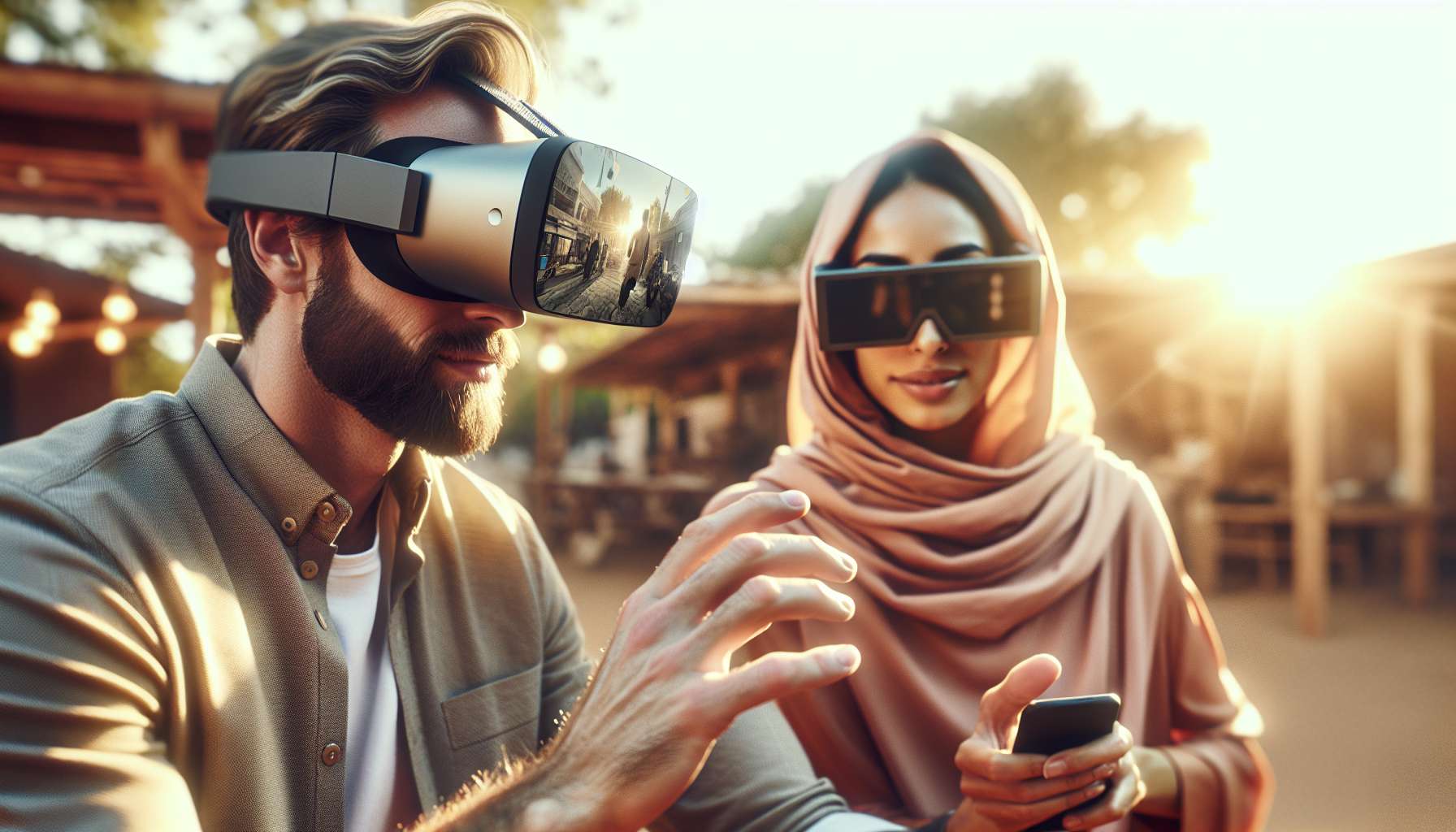Revolutionizing B2B Product Demonstrations with AR and 3D Technology
As technology continues to advance at an unprecedented pace, businesses are constantly seeking innovative ways to enhance their operations and stay ahead of the competition. One area that has gained significant attention in recent years is the integration of augmented reality (AR) and 3D visualization into B2B product demonstrations. This powerful combination has the potential to revolutionize the way businesses showcase their products, providing a more immersive and engaging experience for potential clients.
The Power of Augmented Reality
Augmented reality is a technology that overlays digital information onto the real world, creating a blended environment where virtual objects coexist with the physical world. By leveraging AR, businesses can bring their products to life in ways that were previously unimaginable. Instead of relying on static images or videos, potential clients can now interact with virtual representations of products in real-time.
Imagine being able to showcase a complex piece of machinery to a client without the need for physical prototypes. With AR, you can create a virtual model of the product and allow the client to explore its features, functionality, and even disassemble it to understand its inner workings. This level of interactivity not only enhances the client’s understanding of the product but also creates a memorable and impactful experience.
The Role of 3D Visualization
While augmented reality provides the platform for immersive experiences, 3D visualization plays a crucial role in creating realistic and detailed representations of products. By leveraging 3D modeling and rendering techniques, businesses can create virtual replicas of their products with stunning accuracy.
These virtual models can be viewed from any angle, allowing potential clients to examine every aspect of the product in great detail. Whether it’s exploring the intricate design of a piece of jewelry or examining the functionality of a complex industrial machine, 3D visualization enables businesses to showcase their products in a way that was previously only possible in physical showrooms.
Benefits for B2B Product Demonstrations
The integration of AR and 3D visualization into B2B product demonstrations offers numerous benefits for businesses:
- Enhanced Engagement: By providing an interactive and immersive experience, AR and 3D visualization capture the attention of potential clients and keep them engaged throughout the demonstration.
- Improved Understanding: Virtual models and augmented reality overlays allow clients to gain a deeper understanding of the product’s features, functionality, and value proposition.
- Cost and Time Savings: With virtual product demonstrations, businesses can eliminate the need for physical prototypes, reducing costs and shortening the sales cycle.
- Global Accessibility: AR and 3D technology enable businesses to showcase their products to clients around the world, eliminating geographical barriers and expanding their reach.
Real-World Examples
Several forward-thinking companies have already embraced AR and 3D visualization for their B2B product demonstrations, achieving remarkable results. For instance, a leading industrial equipment manufacturer used AR to showcase their complex machinery to potential clients. By allowing clients to interact with virtual models, they saw a significant increase in client engagement and a higher conversion rate.
In the retail sector, a furniture company implemented 3D visualization to enable customers to virtually place furniture in their homes before making a purchase. This not only improved customer satisfaction but also reduced returns and increased sales.
The Future of B2B Product Demonstrations
The integration of AR and 3D visualization into B2B product demonstrations is just the beginning. As technology continues to evolve, we can expect even more exciting advancements in this field. From incorporating artificial intelligence to enable virtual product customization to leveraging virtual reality for fully immersive experiences, the possibilities are endless.
Businesses that embrace these technologies early on will gain a competitive edge, impressing clients with their innovative approach and reaping the benefits of enhanced engagement and understanding.
So, if you’re looking to elevate your B2B product demonstrations and leave a lasting impression on potential clients, it’s time to explore the possibilities of AR and 3D technology. The future of product demonstrations is here, and it’s time to embrace it.





